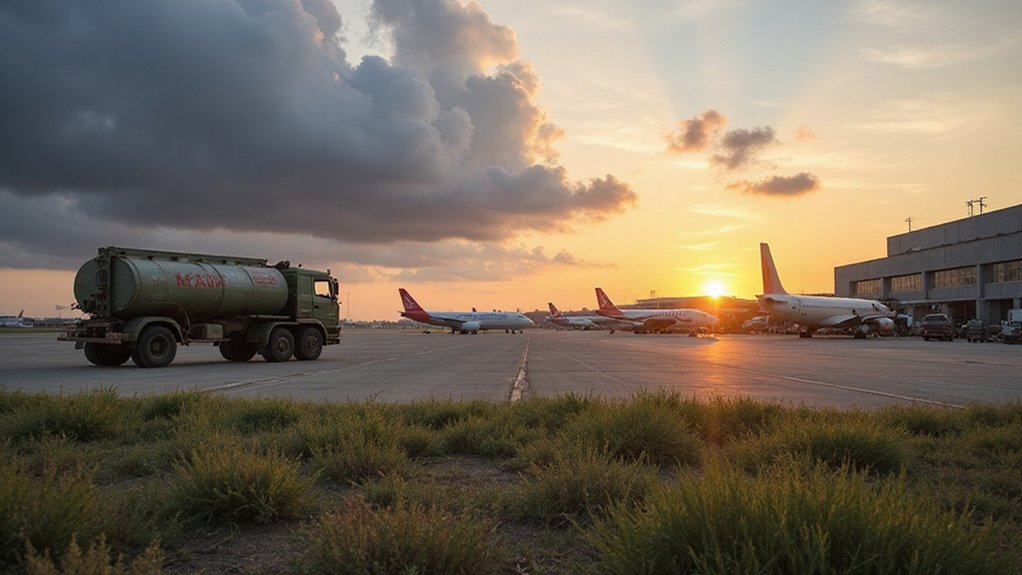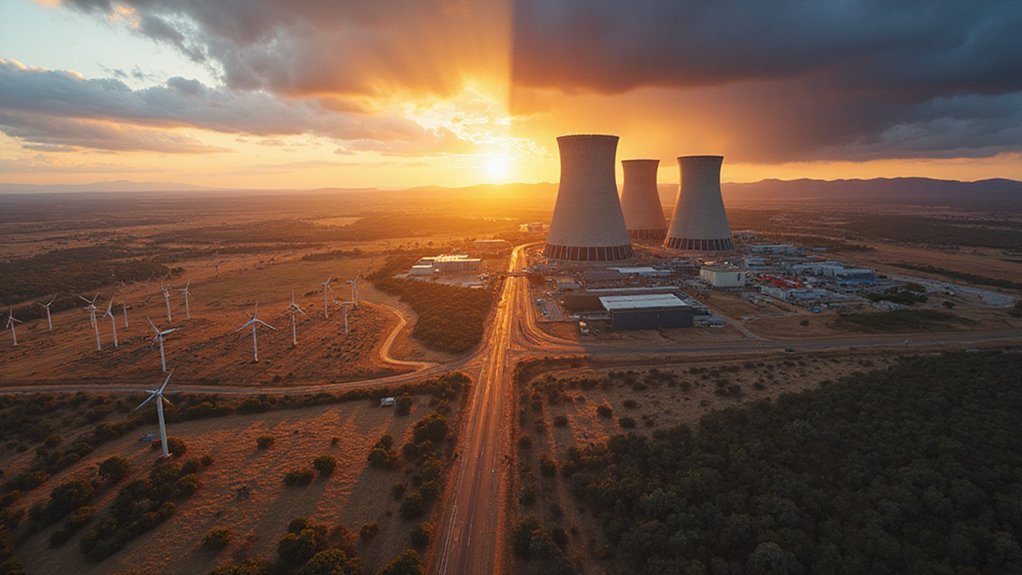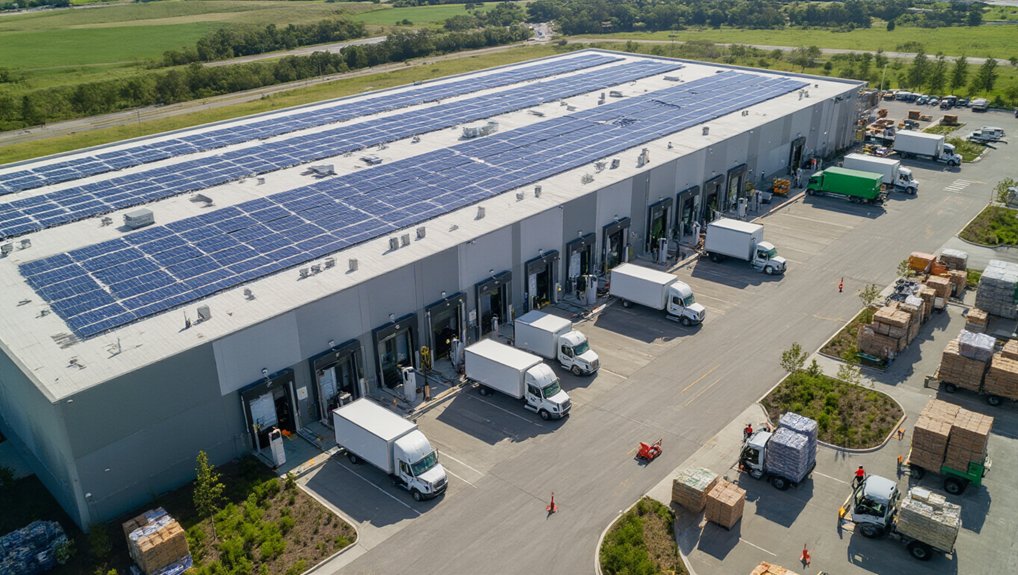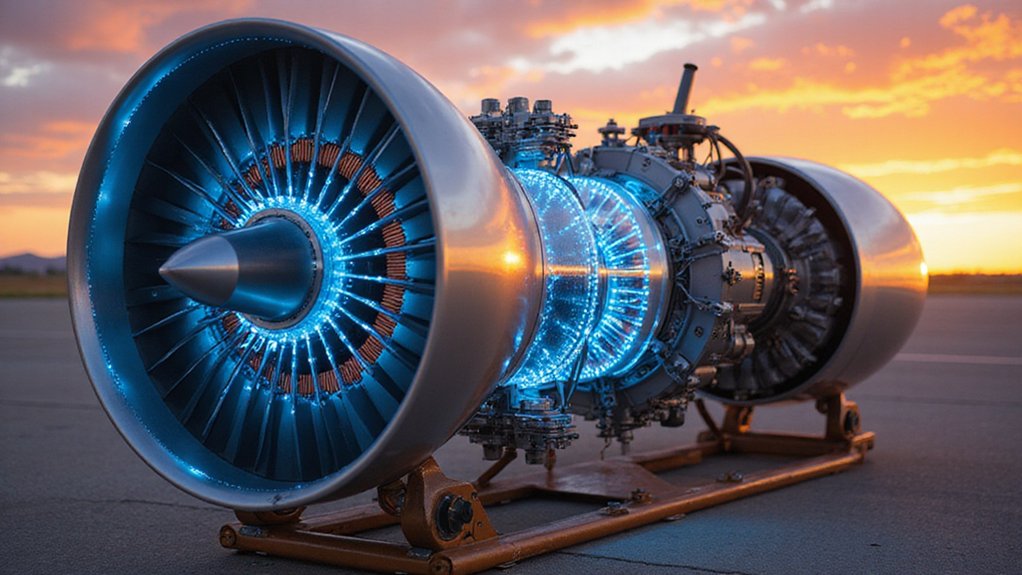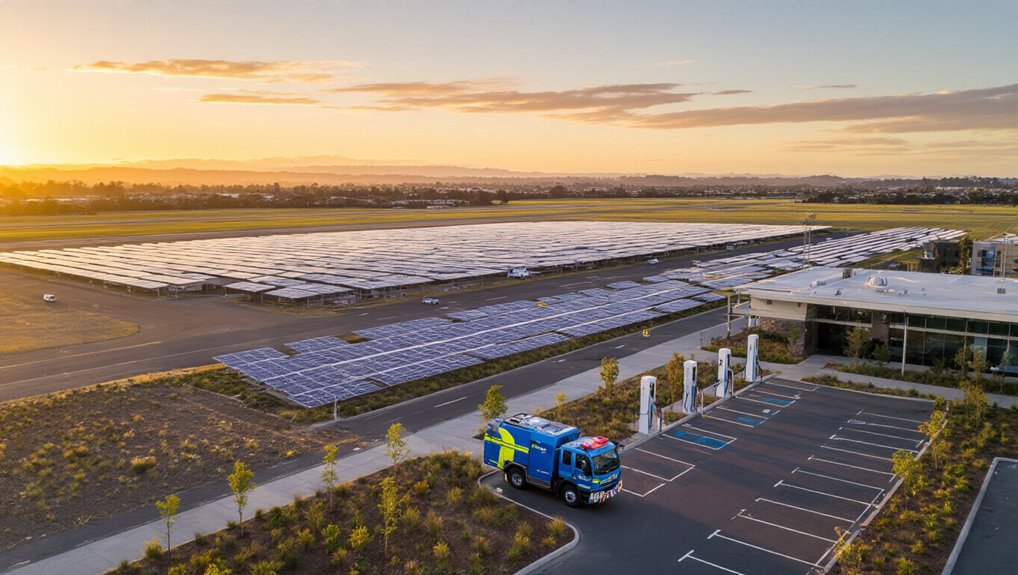Contrary to viral claims, airlines aren’t abandoning Sustainable Aviation Fuel (SAF). The industry continues adopting these greener alternatives despite costs running 2-10 times higher than conventional jet fuel. The EU mandates increasing SAF blends starting at 2% by 2025, while Boeing aims for 100% SAF certification by 2030. Airlines face economic challenges with SAF currently representing just 0.3% of global jet fuel production. The path forward reveals significant hurdles alongside potential breakthroughs.
Contrary to what some might expect, airlines aren’t abandoning Sustainable Aviation Fuel (SAF) despite facing serious challenges. The evidence shows that SAF adoption continues across the industry, though progress varies by region and faces significant hurdles.
The European Union is taking bold steps by mandating a minimum 2% SAF blend in airport fuels starting in 2025. This requirement will increase to 70% by 2050. Boeing has committed to delivering all commercial planes certified for 100% SAF use by 2030.
China presents a different picture. The country has set a modest voluntary target of 50,000 tonnes of SAF by 2025. This represents just 0.04% of China‘s projected annual jet fuel demand. Chinese state-owned airlines have been cautious, limiting SAF use to pilot flights while awaiting clearer government directives.
Cost remains a major barrier. SAF typically costs 2 to 10 times more than conventional jet fuel, making airlines hesitant without financial incentives. Production capacity also needs to grow substantially to meet aviation fuel demands. Despite the growing production, SAF still constitutes only 0.3% of global jet fuel production in 2024.
SAF’s premium pricing creates airline hesitation, while limited production capacity delays widespread adoption.
Recent developments have actually increased industry focus on SAF. In February 2025, Airbus delayed its hydrogen aircraft program by up to 10 years. This setback pushed hydrogen-powered flight into the 2040s, validating Boeing’s skepticism about hydrogen’s near-term viability.
Investors are now expected to direct more resources toward SAF development. The aviation industry is also exploring hybrid-electric propulsion and advanced aircraft designs alongside SAF adoption. SAF initiatives benefit from their reliability and consistency, similar to advantages seen in other sustainable energy sources that aren’t dependent on weather conditions.
The environmental benefits of SAF are significant. These fuels can reduce lifecycle carbon emissions by up to 80% compared to conventional jet fuel. This makes SAF vital for aviation’s sustainability goals.
Regulatory pressure continues to build. The International Civil Aviation Organization is targeting a 5% reduction in carbon emissions from aviation fuel by 2030. Without mandatory blending requirements in some regions, however, SAF producers face market uncertainty.
Rather than abandoning SAF, the aviation industry is recognizing its essential role in creating a sustainable future, even as it navigates production challenges and economic realities.
References
- https://reports.weforum.org/docs/WEF_Global_Aviation_Sustainability_Outlook_2025.pdf
- https://www.bcg.com/publications/2025/sustainable-aviation-fuels-need-a-faster-takeoff
- https://www.canarymedia.com/articles/air-travel/sustainable-aviation-fuel-is-taking-off-but-what-is-it
- https://www.carbonclick.com/news-views/the-future-of-sustainable-aviation-fuel-a-path-to-sustainable-skies
- https://www.iba.aero/resources/articles/ibas-sustainability-watch-march-2025/
